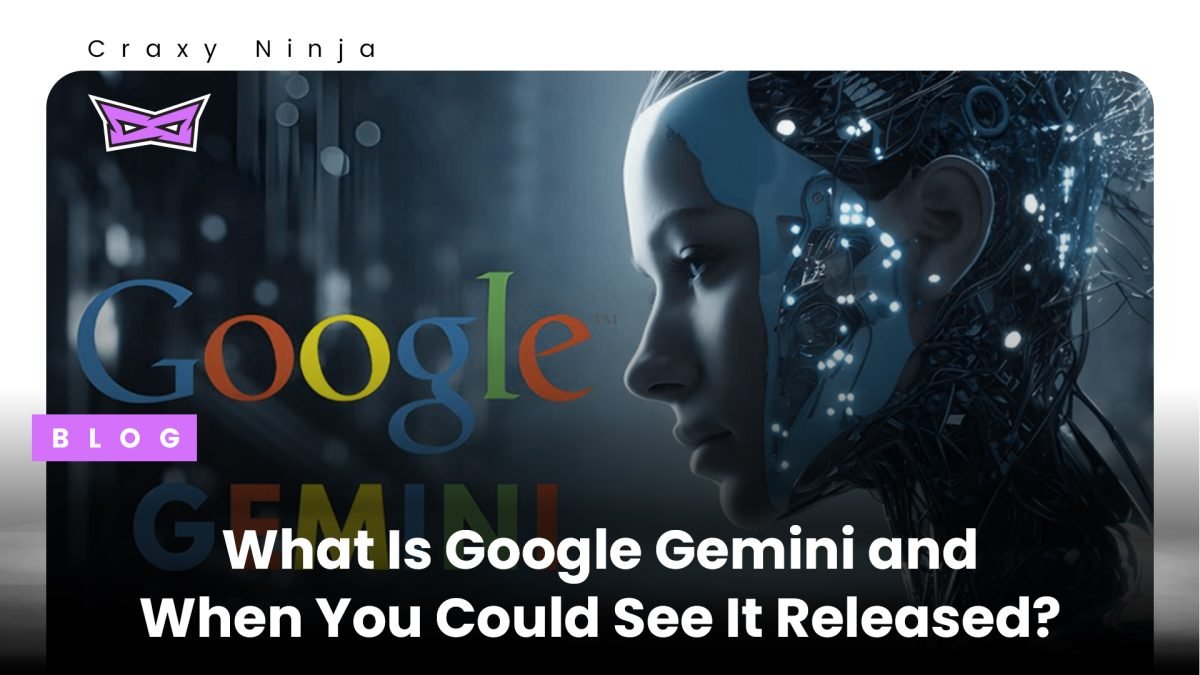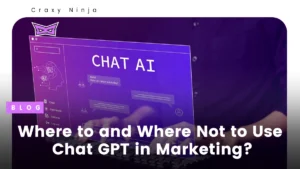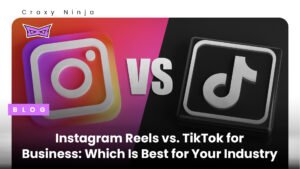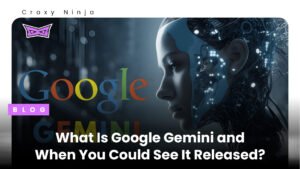Have you ever wished you had a super-smartie friend who could answer all your questions, no matter how weird? Well, guess what? Google is building something Amazing that kind of sounds like that! It’s called Gemini, and it’s a super-powered machine that’s like a brainiac robot you can talk to! It’s still learning and growing, but it already knows tons of cool stuff and can do some pretty amazing things.
Google’s stakes in the artificial intelligence (AI) space just got higher with the imminent release of Gemini, its most advanced large language model (LLM) yet. With Gemini, the search titan hopes to surpass OpenAI’s GPT-4 model with multimodal learning, the ability to execute more human-like tasks and be one step closer to artificial general intelligence (AGI).
What is Google Gemini?
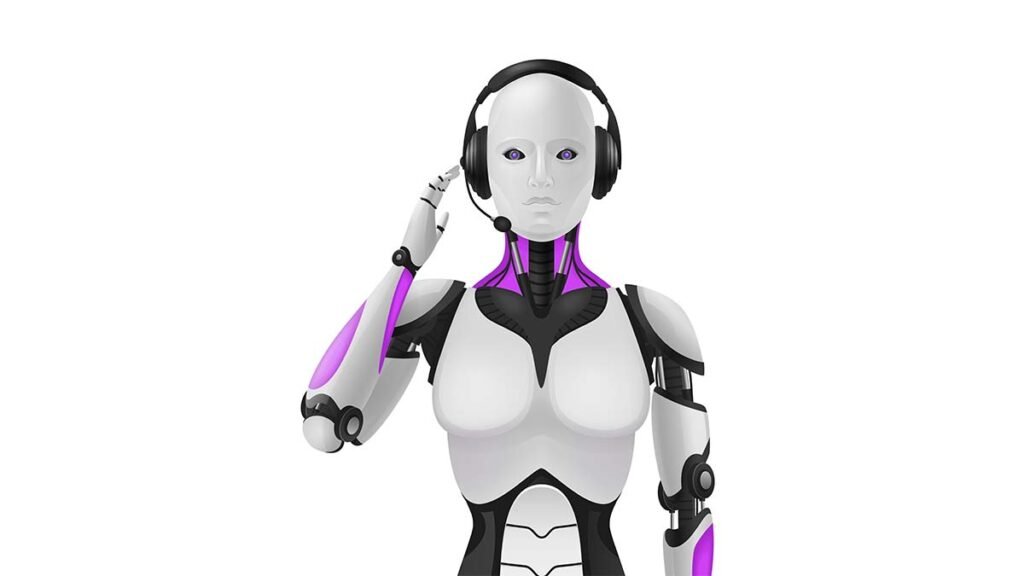
Gemini is a new and powerful artificial intelligence model from Google that can understand not just text but also images, videos, and audio. As a multimodal model, Gemini is described as capable of completing complex tasks in math, physics, and other areas, as well as understanding and generating high-quality code in various programming languages.
This LLM is based on DeepMind’s previous multimodal models, such as the Flamingo and PaLM 2, to create its own interactive AI and further the frontiers of natural language processing. (NLP) And if you think that GPT-3’s model is large, with more than 170 billion parameters, Gemini is expected to exceed it in size to become the largest language model to date.
It is currently available through integrations with Google Bard and the Google Pixel 8 and will gradually be folded into other Google services.
“Gemini is the result of large-scale collaborative efforts by teams across Google, including our colleagues at Google Research,” according to Dennis Hassabis, CEO and co-founder of Google DeepMind. “It was built from the ground up to be multimodal, which means it can generalize and seamlessly understand, operate across, and combine different types of information including text, code, audio, image, and video”.
Who Made Gemini?
Gemini was created by Google and Alphabet, Google’s parent company, and released as the company’s most advanced AI model to date. Google DeepMind also made significant contributions to the development of Gemini.
Versions of Gemini
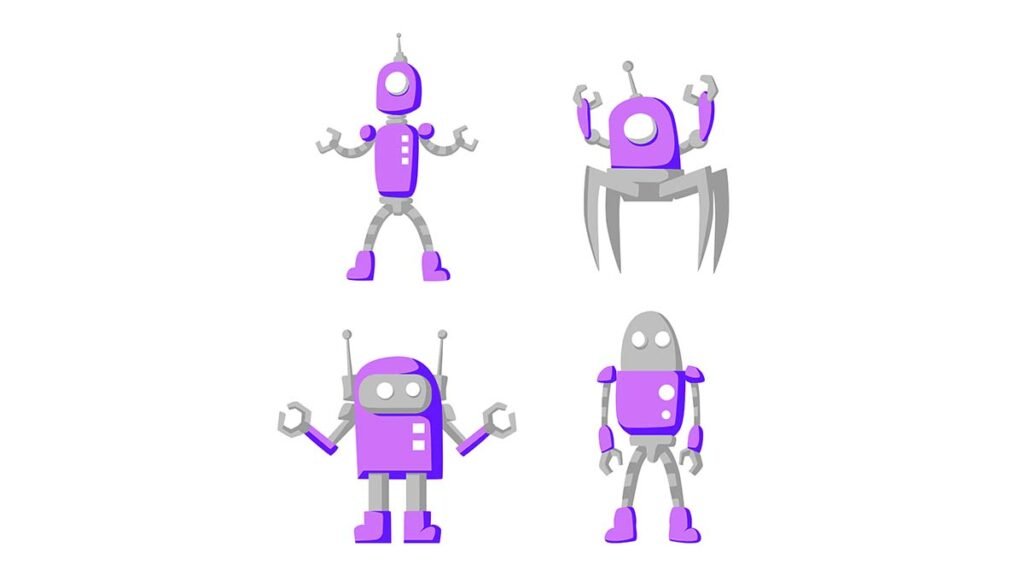
Google describes Gemini as a flexible model that is capable of running on everything from Google’s data centers to mobile devices. To achieve this scalability, Gemini is being released in three sizes: Gemini Nano, Gemini Pro, and Gemini Ultra.
- Gemini Nano: The Gemini Nano model size is designed to run on smartphones, specifically the Google Pixel 8. It’s built to perform on-device tasks that require efficient AI processing without connecting to external servers, such as suggesting replies within chat applications or summarizing text.
- Gemini Pro: Running on Google’s data centers, Gemini Pro is designed to power the latest version of the company’s AI chatbot, Bard. It’s capable of delivering fast response times and understanding complex queries.
- Gemini Ultra: Though still unavailable for widespread use, Google describes Gemini Ultra as its most capable model, exceeding “current state-of-the-art results on 30 of the 32 widely-used academic benchmarks used in large language model (LLM) research and development.” It’s designed for highly complex tasks and is set to be released after finishing its current phase of testing.
Key Features of Google Gemini
Aside from being the largest language model, though, there are several Google Gemini features that you should look forward to based on recent reports. Here are some of them:
- Series of Models: Hassabis said that we should think of Gemini as “individual models of different sizes,” which means this new platform can serve tasks of any size, depending on the use case.
- Multimodal learning: Gemini’s AI infrastructure has “several improvements” on top of Google DeepMind’s previous multimodal models, allowing it to learn and produce texts and images at the very least.
- Problem-solving and reasoning: Google’s new LLM also touts reinforcement learning to solve the problem of hallucination and information inaccuracy typically found in Google Gemini competitors like ChatGPT.
- Fact-checking and memory: Google Search as a tool is built into Gemini’s AI infrastructure to get better accuracy in generated content. Furthermore, Gemini will also use “episodic memory banks” to store and retrieve data, allowing it to build on and expand its knowledge base as it learns.
These features give us a peek into Gemini’s performance over other AI personal assistants and applications like ChatGPT and Bard. We can expect better interactive AI infrastructure and more accurate, relevant user results.
How Does Gemini Differ From Other AI Models, Like GPT-4?
Google’s new Gemini model appears to be one of the largest, most advanced AI models to date, though the release of the Ultra model will be the one to determine that for certain. Compared to other popular models that power AI chatbots right now, Gemini stands out due to its native multimodal characteristic, whereas other models, like GPT-4, rely on plugins and integrations to be truly multimodal.
Compared to GPT-4, a primarily text-based model, Gemini easily performs multimodal tasks natively. While GPT-4 excels in language-related tasks like content creation and complex text analysis natively, it resorts to OpenAI’s plugins to perform image analysis and access the web. It relies on DALL-E 3 and Whisper to generate images and process audio.
Google’s Gemini also appears to be more product-focused than other models available now. It’s either integrated into the company’s ecosystem or with plans to be, as it’s powering both Bard and Pixel 8 devices. Other models, like GPT-4 and Meta’s Llama, are more service-oriented and available for various third-party developers for applications, tools, and services. Here’s the difference between GPT 4 & Gemini provided by Google.
Google Gemini Release Date
Google Gemini was released on the 6th of December 2023. Now you can use this powerful AI chatbot for free. Also, Gemini has recently launched its paid version Gemini Advanced with extra features.
Signing up for Gemini Advanced
Just a quick recap. Google’s version of ChatGPT (its generative AI) was called Bard and is now called Gemini Advanced. What Gemini is to ChatGPT, Gemini Advanced is to ChatGPT Plus, including the $20/month fee. I went ahead and signed up for Gemini Advanced, adding it to my collection of monthly AI-related bills.
Gemini Advanced adds a bunch of new features. Note the highlighted line below:
The Road to Gemini
Google’s latest developments in the AI space shouldn’t come as a surprise. Even before the rise of Chat GPT, Google had been quietly building its own AI infrastructure to address users’ needs.
In 2018, Google unveiled Duplex – a voice-based AI assistant that could make phone calls and restaurant reservations on the user’s behalf. Beyond this, Google also launched BERT in October 2019 to improve natural language understanding (NLU) for search queries.
Google also made a lot of steps in recent months to improve its existing LLMs and interactive AI capabilities:
- Search Generative Experience (SGE): This is the company’s take on an AI search companion that summarizes user content while bringing traffic to the publisher’s website content.
- Google Bard: Bard is Google’s conversational AI utilizing a chat interface to answer questions, give topic summaries, and even create poems
- Responsible AI with Anthropic: Google invested $300 million to double down in its mission for a safer, more ethical use of generative AI.
Gemini looks like the peak of Google’s efforts and is easily the company’s largest language model to date. This improvement in scale isn’t just for show as well. According to Hassibis, they reduced the error rate from 10% to only 1%, which is a massive improvement.
Will This Be the New King of Advanced Chatbots?
While multimodal learning and interaction are not new, these Google Gemini features position the LLM as a rival to OpenAI’s GPT models and other AI alternatives in the market. Let’s look at how Gemini measures up to its biggest competitors.
1. AI Personal Assistants
If you’re using advanced chatbots like Google Bard, Claude, or ChatGPT, you’re also using their underlying language models. You can use these tools to create Amazon ads, Facebook or just to get advice. They’re also able to answer questions and help with decision-making.
Moreover, email marketing platforms like Mailchimp use AI to optimize email send times for better open rates.
What makes Gemini’s performance unique is its multimodal models, allowing users to generate different types of content, such as:
- Texts
- Images
- Charts
- Other data types
Furthermore, you’ll also enjoy conversing with a model that can plan, remember, and reason. This means you can assign more human-like tasks to Gemini and expect it to deliver.
2. GPT-4
Currently, a paid service, GPT-4 is the closest of all Google Gemini competitors at the moment. It’s robust, multimodal, and “stable,” according to OpenAI. Right now, you can try GPT-4 with ChatGPT Plus, giving you a glimpse of its text-based capability. By navigating the Chat GPT you can create blogs, pay-per-click (PPC) content, email marketing content by using, and customer service conversations with the help of GPT-4.
But how is Gemini different?
Its seamless integration with Google Search sets it apart from GPT-4, which still requires the activation of plugins to generate relevant, timely content.
For Gemini, fact-checking and reinforcement learning are already built into its engine, allowing for more accurate generated content. While we’re not sure about its other multimodal capabilities, we can expect that it will be on par with GPT-4 at the very least.
3. Bing Chat
Google’s latest developments should also be compared with its nearest competitor in the search engine space – Bing.
The Microsoft-led company also has its version of an AI search companion called Bing Chat, a fusion of Bing Search and ChatGPT. You can access Bing’s search engine power while in a conversational interface akin to OpenAI’s ChatGPT.
It’s also multimodal in that you can generate images with a prompt. (Read more: Bing Image Creator Tool)
While OpenAI’s technology powers Bing Chat, Gemini is a brand-new LLM that will be used across Google’s AI-powered services.
4. Llama 2
Meta, Facebook’s parent company, has also released (a.k.a. leaked) its own LLM called Llama 2. Unlike other AI personal assistants, including Gemini, Llama 2 is open-source. This means end-users have the power to modify its elements based on their specific use cases.
Being open-source has advantages in encouraging collaboration and innovation among developers. However, there is also a risk of malicious actors taking advantage of the technology.
Gemini is a closed-source LLM, bringing added security while trading off customizability. The question of which model is better ultimately boils down to preference.
Keep Up With Google Updates
Google constantly pumps out updates and new features to stay on top of its game. Ensure you’re not missing out on any of these changes by bookmarking Craxy Ninja’s blog.
Craxy Ninja is a full-service digital marketing agency that keeps up with the latest news and developments in the digital world. We keep our clients ahead of the curve and updated on the latest trends so they can make informed decisions about their marketing strategies & elevate their website traffic via effective digital marketing strategies.
Contact Caxy Ninja and let us help propel your business forward with on-time, relevant marketing tips today!

